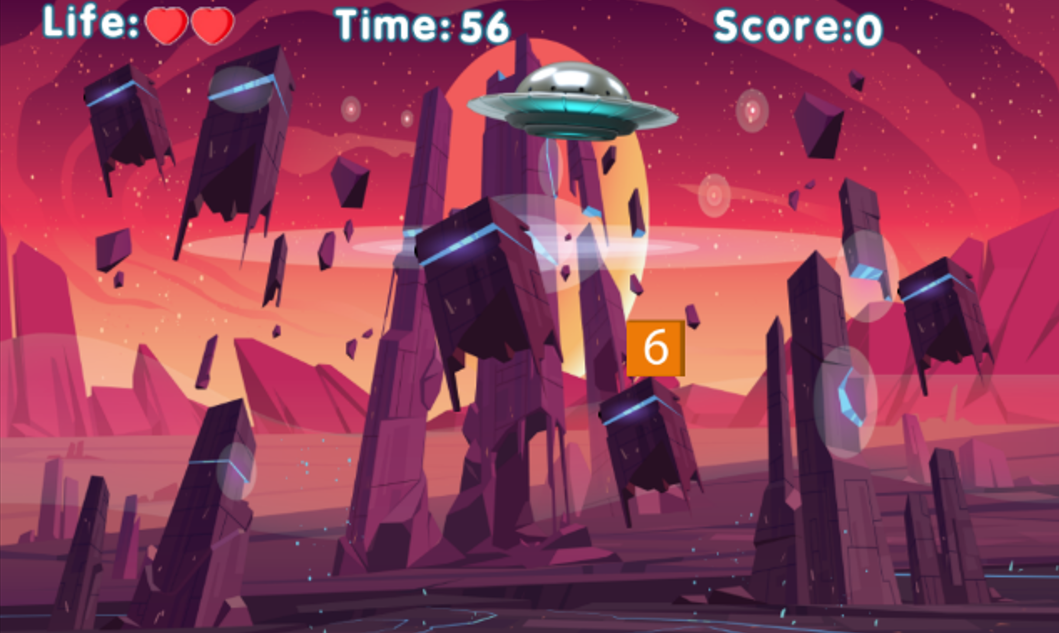Development of Educational Game to Enhance English Touch Typing Ability Combined with Cooperative Learning of the First Year Vocational Certificate Students at Phanomdongrakwittaya School
DOI:
https://doi.org/10.14456/jcct.2024.5Keywords:
Educational Game, Cooperative Teaching, English Touch Typing AbilityAbstract
This study aimed to 1) develop an educational game with cooperative learning to be effective according to the 80/80 criteria, 2) enhance the English touch typing, 3) study the learning students' achievement through educational game with cooperative Learning, and 4) study the learning satisfaction of students in using educational game combined with cooperative learning. The statistics in the research were mean, standard deviation, and mean comparison of learning by dependent sample t-test. Research results were as follows: 1) The educational game on English touch typing has the highest quality and effective according to 81.07/91.82 criteria. 2) The enhancing touch typing ability for 3 weeks, the students had a high level of touch typing proficiency. The average was 4.83 and have a higher skill level after has been developed continuously. 3) The results of learning management by educational game with cooperative learning on English touch typing of the first-year vocational certificate students, the learning outcome was significantly higher than before at the 0.05 level. 4. The first-year vocational certificate students were very satisfied with the learning management by using educational game and cooperative learning, about English touch typing.
Downloads
References
1. สำนักงานคณะกรรมการข้าราชการพลเรือน. เทคโนโลยีและบทบาทในการทำงาน. [อินเทอร์เน็ต]. [สืบค้นเมื่อ 15 ธันวาคม 2564]. สืบค้นจาก: https://www.ocsc.go.th .
2. สำนักงานคณะกรรมการการอาชีวศึกษา. วิชา พิมพ์อังกฤษเบื้องต้น. [อินเทอร์เน็ต]. [สืบค้นเมื่อ 15 ธันวาคม 2564]. สืบค้นจาก: https://bsq.vec.go.th/Portals/9/Course/20/2562/20200/20204v3.pdf.
3. มณฑาทิพย์ อัตตปัญโญ. การใช้เกมพัฒนาทักษะการเขียนสะกดคำภาษาไทยของนักเรียนชั้นประถมศึกษาปีที่ 3 โรงเรียนสาธิตแห่งมหาวิทยาลัยเกษตรศาสตร์ วิทยาเขตกำแพงแสน จังหวัดนครปฐม. วิทยานิพนธ์การศึกษามหาบัณฑิต สาขาวิชาบริหารการศึกษา. มหาวิทยาลัยศรีนครินทรวิโรฒ. 2542.
4. Slavin RE. Cooperative Learning. Review of Educational Research. 1980;50(2):315-342. doi: 10.3102/003465430500023.
5. สุชาติ แสนพิช. การพัฒนารูปแบบการเรียนรู้แบบร่วมมือโดยใช้เกมออนไลน์เพื่อพัฒนาทักษะกระบวนการทางวิทยาศาสตร์. วารสารวิชาการ Veridian E-Journal, Silpakorn University สาขามนุษยศาสตร์ สังคมศาสตร์และศิลปะ. 2558;8(2):1413-1426.
6. กำพล ดำรงค์วงศ์. เกม. วารสารกองทุนสงเคราะห์. 2535;5(39):11.
7. Hurley L. How to Make a Videogame (with No Experience). [Internet]. [Retrieved December 15th, 2021]. Available from: https://www.gamesradar.com/how-to-make-a-videogame-with-no-experience.
8. Dave RH. Psychomotor Levels in Developing and Writing Behavioral Objectives. In Armstrong RJ, Editor. Arizona : Educational Innovators Press. 1970. 20-21.
9. นิรมล บุญวาส. ผลการจัดการเรียนรู้แบบร่วมมือด้วยวิธีการแข่งขันระหว่างกลุ่มด้วยเกมที่มีต่อผลสัมฤทธิ์ทางการเรียนและเจตคติต่อวิชาคณิตศาสตร์ของนักเรียนชั้นประถมศึกษาปีที่ 6. วารสารวิชาการและวิจัยสังคมศาสตร์. 2558;10(30):157-170.
10. ถิรวัฒน์ คุ้มทอง. การใช้เกมฝึกพิมพ์คอมพิวเตอร์ เพื่อแก้ปัญหาทักษะการใช้แป้นพิมพ์. [อินเทอร์เน็ต]. [สืบค้นเมื่อ 2 มกราคม 2565]. สืบค้นจาก: https://www.kroobannok.com/board_view.php?b_id=176958&bcat_id=16.
11. ไพศาล สุขใจรุ่งวัฒนา. ผลของการใช้เกมส์เพื่อพัฒนาทักษะการสื่อสารภาษาจีน. วารสาร Thai Journal of East Asian Studies. 2563;24(2):35-48.

Downloads
Published
How to Cite
Issue
Section
Categories
License
Copyright (c) 2024 Journal of Computer and Creative Technology

This work is licensed under a Creative Commons Attribution-NonCommercial-NoDerivatives 4.0 International License.




























